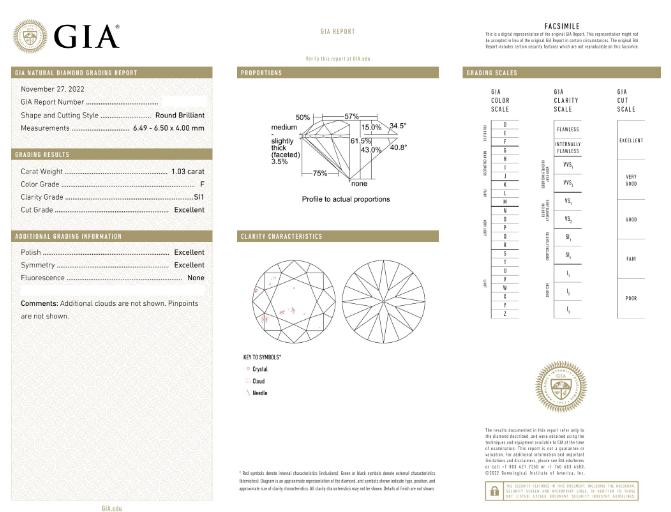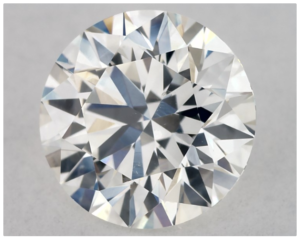Whether you’re purchasing an heirloom for future generations or a symbol of a burgeoning love, the authenticity of a diamond is of paramount importance. With the rise of lab-grown and imitation diamonds, verifying authenticity can be a challenging task. This guide will walk you through comprehensive steps to ensure your gemstone’s genuineness.

Documentation and Certification:
Diamond Certificate: A certificate from a reputable gemological lab (like the Gemological Institute of America – GIA or the American Gem Society – AGS) offers detailed information about the diamond’s cut, color, clarity, and carat weight.
Purchase Receipt: Ensure it contains specifics about the diamond’s quality.

Visual Inspection:
The Loupe Test: A jeweler’s loupe is a magnification tool used to closely inspect gemstones.
- Inclusions: Natural diamonds usually have tiny imperfections. A flawless diamond is exceptionally rare and expensive.
- Edges: A natural diamond’s edges are sharp; imitations typically have rounded edges.
The Transparency Test: Place the diamond face down on a newspaper. If you can read through it, it’s likely not a real diamond. Genuine diamonds refract light so intensely that you shouldn’t see through them.
Physical Tests:
Water Test: Drop the diamond into a glass of water. Due to its high density, a genuine diamond will sink. If it floats, it’s a fake.
Heat Test: Diamonds are excellent heat conductors. Hold the stone under a flame for around 30 seconds and then drop it immediately into cold water. A real diamond will remain unscathed, while a fake one might shatter.
Fog Test: Breathe onto the diamond like you would on a mirror. A real diamond won’t fog up, but a fake one will because it retains the heat from your breath.
Advanced Tests:
UV Light Test: Under ultraviolet light, some diamonds fluoresce, glowing blue. If your diamond does this, it’s likely real. However, not all diamonds exhibit this trait, so a lack of fluorescence doesn’t mean it’s fake.
Electrical Conductivity Test: Diamonds are good conductors of electricity. Many diamond testers measure a stone’s ability to conduct electricity. Interestingly, moissanite (a common diamond substitute) also conducts electricity, so ensure the tester can differentiate between the two.
Professional Assessment:
Consult a Gemologist: If you’re still in doubt, take your diamond to a trained gemologist. They possess specialized equipment, such as a refractometer or spectroscope, to identify diamonds and differentiate them from fakes.
Visit Multiple Jewelers: To get a well-rounded opinion, you might want to visit more than one jeweler. Just be sure they’re certified and reputable.
Additional Considerations:
Price Too Good to Be True: If a deal seems too good, proceed with caution. Research comparable diamonds to get a sense of the market price.
Setting & Mount Quality: A genuine diamond is typically set in high-quality metals like white gold, platinum, or yellow gold. Check for markings inside the setting; a quality stamp (e.g., “14k” or “Platinum”) indicates genuine metal, which likely means a genuine diamond.
Seller Reputation: Ensure the seller has a solid reputation. Ask for referrals, read reviews, and ensure they have a transparent return policy.
In Conclusion:
While the above tests can offer insights into a diamond’s authenticity, consulting with a professional gemologist or jeweler remains the most fail-safe approach. As the saying goes, “Diamonds are forever,” and the peace of mind in knowing your diamond’s authenticity will ensure it remains a cherished possession for generations to come.
